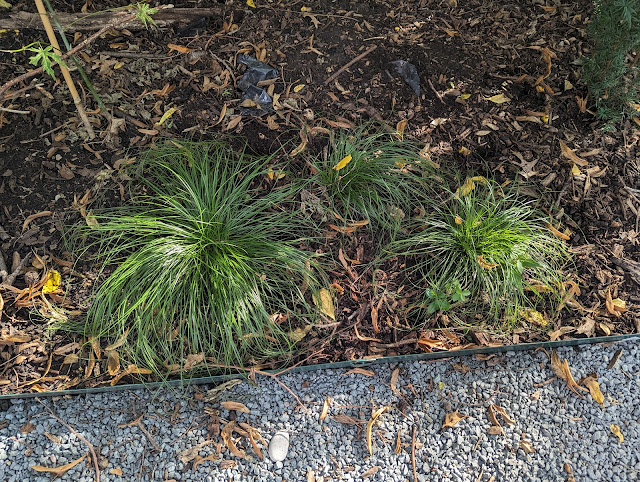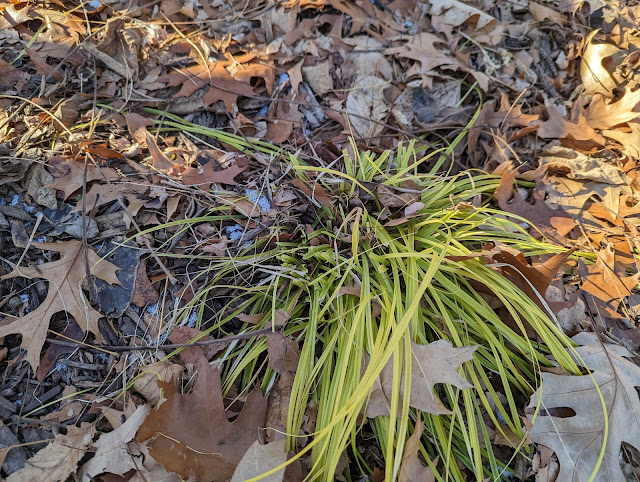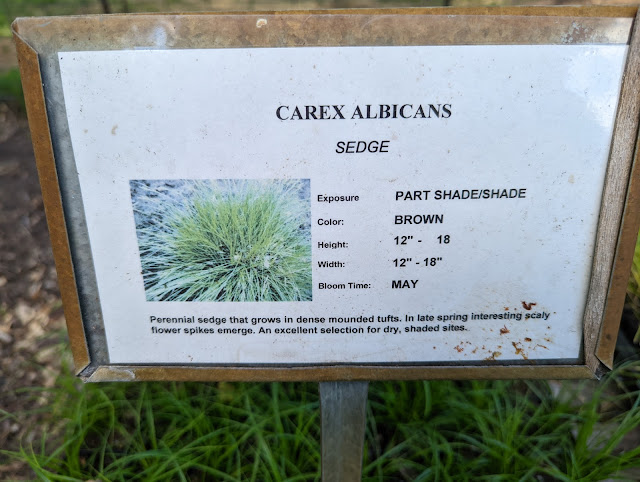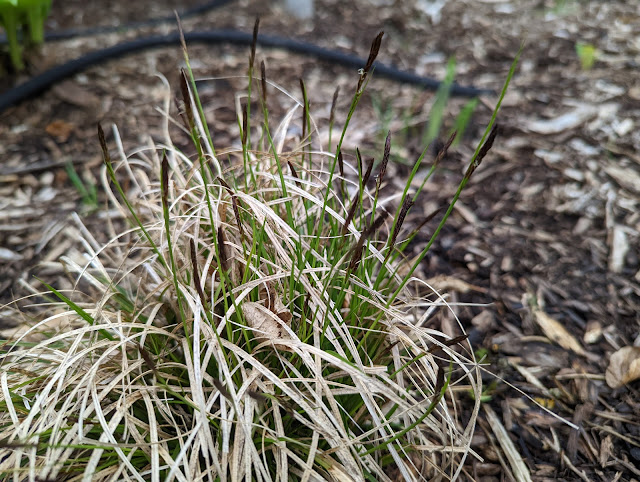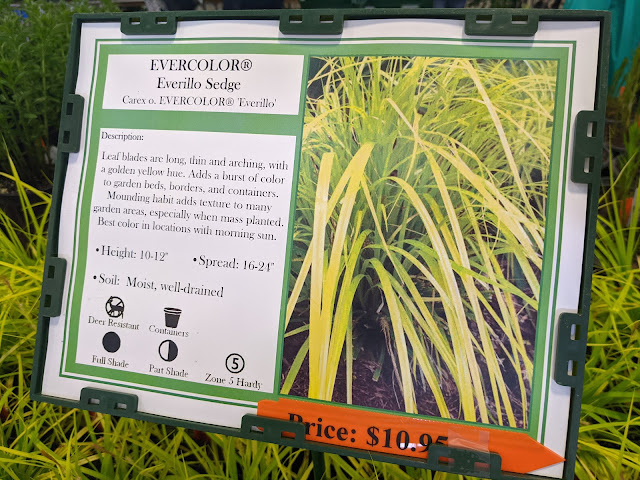Dividing Carex Montana - Fall Planting - October 2024

I have a little cluster of Carex Montana that I planted in Summer of 2023 along the beginning of the impromptu flagstone path along the south entry of our house. I picked them up at Northwind Perennial Farm and they were just plug-sized . I put them in next to the Boxwoods that are under the Linden trees and allowed them to anchor the 'corner' of the path. These things stood-out to me so much this season that I posted about them just a month-or-so ago when I said they were thriving in this deep-shade location . In that post, I mentioned that I "should plant 12 more of these along the path". With Fall Planting season here, I decided to try to divide some of these Carex Montanas to get a couple of free plants. Like I've done with other divisions - when I haven't divided said plant before - I hedged and left one of the three intact. I didn't touch the one in back. But, I dug up and divided the other two - which were a little bit ...



